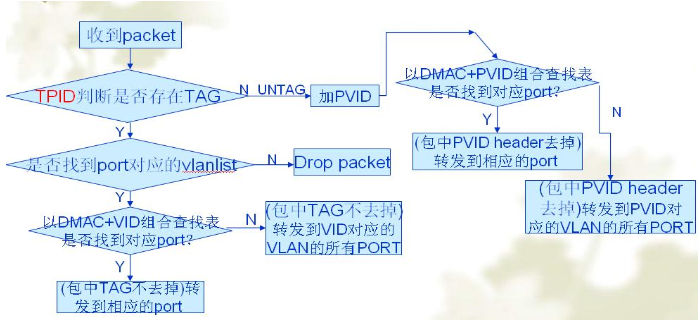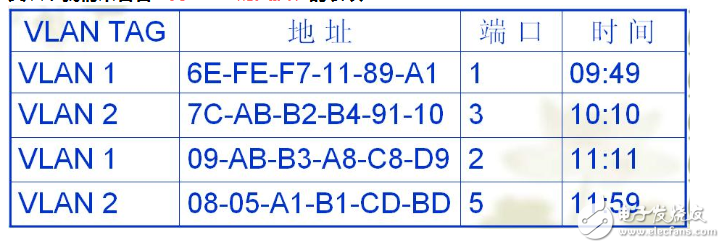This article explores the detailed process of how Layer 2 switches handle data forwarding within VLANs. By combining visual diagrams with textual explanations, we will examine how frames are structured and transmitted according to the 802.1Q VLAN protocol.
Below is a diagram illustrating the specific forwarding mechanism of a Layer 2 switch:


First, basic concepts
AGM battery, the full name of Absorbent Glass Mat battery, that is, adsorbed glass fiber separator battery, is an innovative lead-acid battery. It uses a special glass fiber separator, which can effectively adsorb and fix the electrolyte, so as to achieve efficient and balanced charging and discharging of the battery.
​Second, technical characteristics
Efficient charging and discharging: Thanks to the special glass fiber separator, AGM batteries ensure that the electrolyte is evenly distributed inside the battery, thus improving the charging and discharging efficiency of the battery.
Sealed design: Most AGM batteries have a sealed design that eliminates the need for open exhaust, but instead regulates the internal and external air pressure through a pressure control valve. This design not only avoids the emission of acid mist, but also makes the battery more heat-resistant and reduces the performance degradation caused by excessive water loss.
Strong durability: The cycle charging capacity of AGM batteries is high, usually able to reach about 3 times that of lead-calcium batteries, so its service life is longer. At the same time, its capacitance also shows high stability during the whole service cycle.
Low temperature start reliable: The AGM battery in low temperature environment starting performance is more reliable, to ensure the normal use of the vehicle in cold weather.
Environmental protection: The design of the AGM battery reduces the emission of acid fog and pollution to the environment, which is in line with the modern environmental protection concept.
3. Application scenarios
Due to its superior performance characteristics, 2V AGM batteries are widely used in a variety of scenarios that require high-reliability and long-life batteries. For example, it can be used as a backup power supply to provide stable power support for key facilities such as communication base stations and data centers. It can also be used as a part of the energy storage system to store and release electrical energy to meet the power needs of different time periods.
Solar system lead acid battery storage,Uninterrupted Power Supply lead acid battery price,Deep cycle lead acid battery for UPS
Foshan Keylewatt Technology Co., LTD , https://www.klwenergy.com